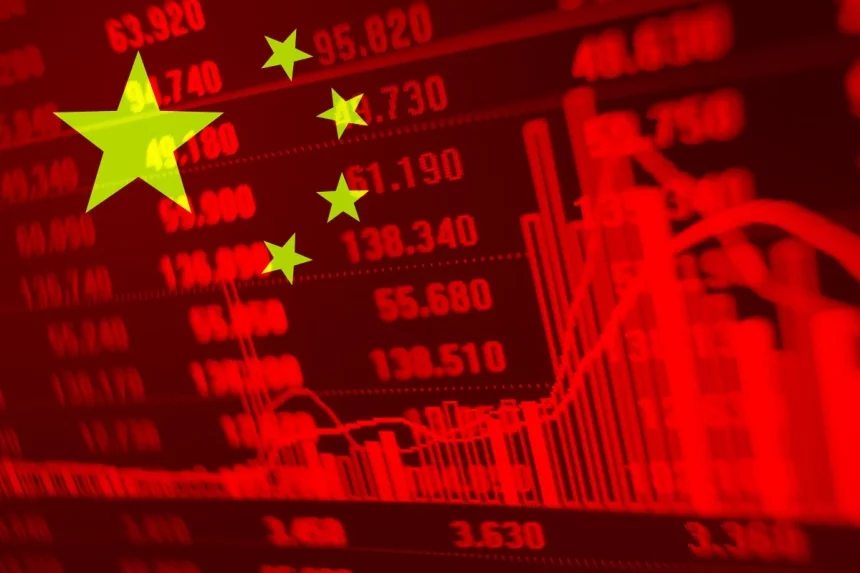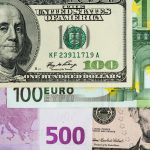Asian stocks remain unchanged. Chinese markets rise on recovery. Monday saw little movement in most Asian stocks as aggressive remarks from Fed officials were followed
Asian stocks traded flat ahead of numerous data coming
While Chinese markets fared well on Monday. The People’s Bank held medium-term loan rates ahead of an array of economic indicators. Most Asian stocks moved very little on Monday in response to aggressive remarks from Federal Reserve officials.
The Shanghai Composite and Shanghai Shenzhen CSI 300 indexes in China both increased by roughly 0.8%. As a result, the PBOC maintained its medium-term lending rate facility at 2.75%. While upholding monetary policy stability ahead of Tuesday’s important first-quarter GDP reading.
The data is anticipated to demonstrate that China’s economy recovered after the nation lifted the majority of its COVID-related restrictions. The PBOC’s Monday action, according to ING analysts. Which indicated that the bank was “no longer particularly worried about the revival of the Chinese economy.
Asian stocks cautious on Waller’s remarks and upcoming Chinese Retail sales data
Data on China’s retail sales and industrial production are also coming on Tuesday. These figures should provide more insight into the country’s economic revival. During this week, the PBOC is going to decide on the prime rate for its important loans.
However, when Fed Governor Christopher Waller provided a hardline forecast on interest rates on Friday. Overall markets were down on Monday, despite the fact that a resurgence in China is positive for Asian economies.
Waller, a well-known hawk, urged rate increases despite indications that US inflation was down from 40-year highs. His remarks raised hopes that the Fed will raise interest rates again in May. And raising questions about if a break in further increases was on the horizon.
Even as most regional central banks stopped their respective hiking cycles over signs of softening inflation. Still, uncertainty over rising U.S. rates weighed on Asian markets.
The Taiwan Weighted Index and Hang Seng both increased by 0.1% while Japan’s Nikkei 225 index remained unchanged. Risk-heavy Market declines were greatest in Southeast Asia, with 0.8 percent losses in Philippine stocks.
The ASX 200 index in Australia increased 0.2% as attention shifted to the Reserve Bank’s April meeting minutes. Which are scheduled for release later this week. At the meeting, the bank suspended its ongoing rate rise cycle.
As markets try to determine the entire impact of high-interest rates and inflation on company profitability. As the U.S. earnings season is also in the spotlight.
Asia FX Markets – Dollar gains as Fed worry return and Asia FX declines
The dollar extended its recovery from a year-low on Monday. As aggressive remarks from Fed members stoked new concerns about interest rate increases. As a result, most Asian currencies declined on the day.
Given recent indications that inflation was slowing, Fed Governor Christopher Waller called for the central bank to continue raising interest rates. And both the dollar index and dollar index futures increased by 0.2% each. This continued to gain from Friday.
Waller, a well-known hawk, also pointed out that the Fed had made little headway toward bringing inflation back to 2% His remarks caused markets to price in a higher likelihood of a rate increase in May raising rates in June.
The Chinese yuan lost 0.1%, and the Japanese yen decreased by 0.1%.
Prior to the release on Tuesday of the minutes from the Reserve Bank’s April meeting. The Australian dollar stood unchanged. The RBA’s stance to stop interest rate rises is expected to be further clarified by the minutes.
POBC’s floating exchange rate
The daily midpoint of the yuan (also referred to as the renminbi or (RMB) is determined by the (PBOC), which is China’s central bank. The PBOC uses a controlled floating exchange rate method that permits the yuan’s value to shift within a predetermined range. Or “band,” centered on a central reference rate, or “midpoint.” Some believe that it might expand to 3% this year from its present +/- 2% range. The PBOC governor underlined the move toward greater FX openness over the weekend.









